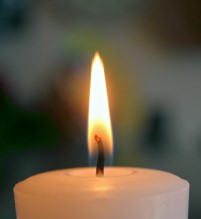Plastic is long chains of small molecules called monomers, that are joined together. The long chains are called polymers.
Your hair, your fingernails, and the tendons in your arms and legs are made of polymers. In those polymers (called proteins) the building blocks are called amino acids. They are chained together to form strong ropes of material to be used where strength is important.
You can make your own protein plastic from milk. Add some vinegar to nonfat milk, and it will curdle into white clumps of casein protein. You can compress this into a mold and let it dry into a hard plastic. Umbrella handles used to be made this way.
Plastic plumbing pipes are made from monomers of vinyl chloride, joined together to make polyvinyl chloride plastic.

Vinyl chloride monomer
The carbon atoms join together into long chains in which every second carbon has a hydrogen and a chlorine atom instead of two hydrogens.
Another common plastic monomer is vinyl acetate.

Vinyl acetate
Polyvinyl acetate, made from this monomer, is familiar as white school glue. It forms a flexible translucent plastic that can be heated to change its shape. Between 100 and 5,000 vinyl acetate molecules join up to form the long chains in the polymer.

Vinyl alcohol
A related polymer is polyvinyl alcohol. It is made of monomers of vinyl alcohol. This plastic is often combined with other monomers to make what are called copolymers. Changing the type of copolymer or the proportion of the two monomers can change the nature and properties of the plastic produced.
